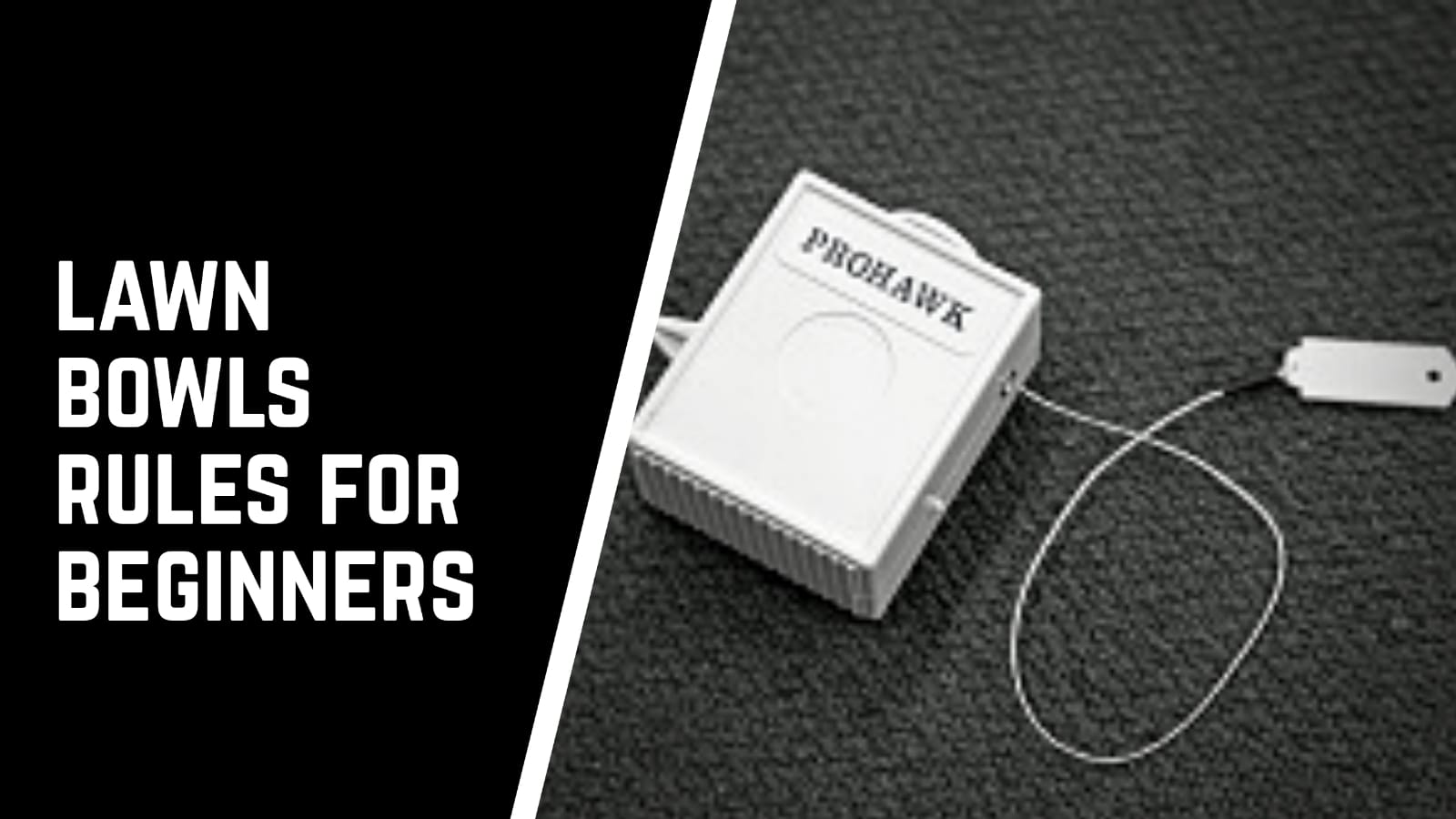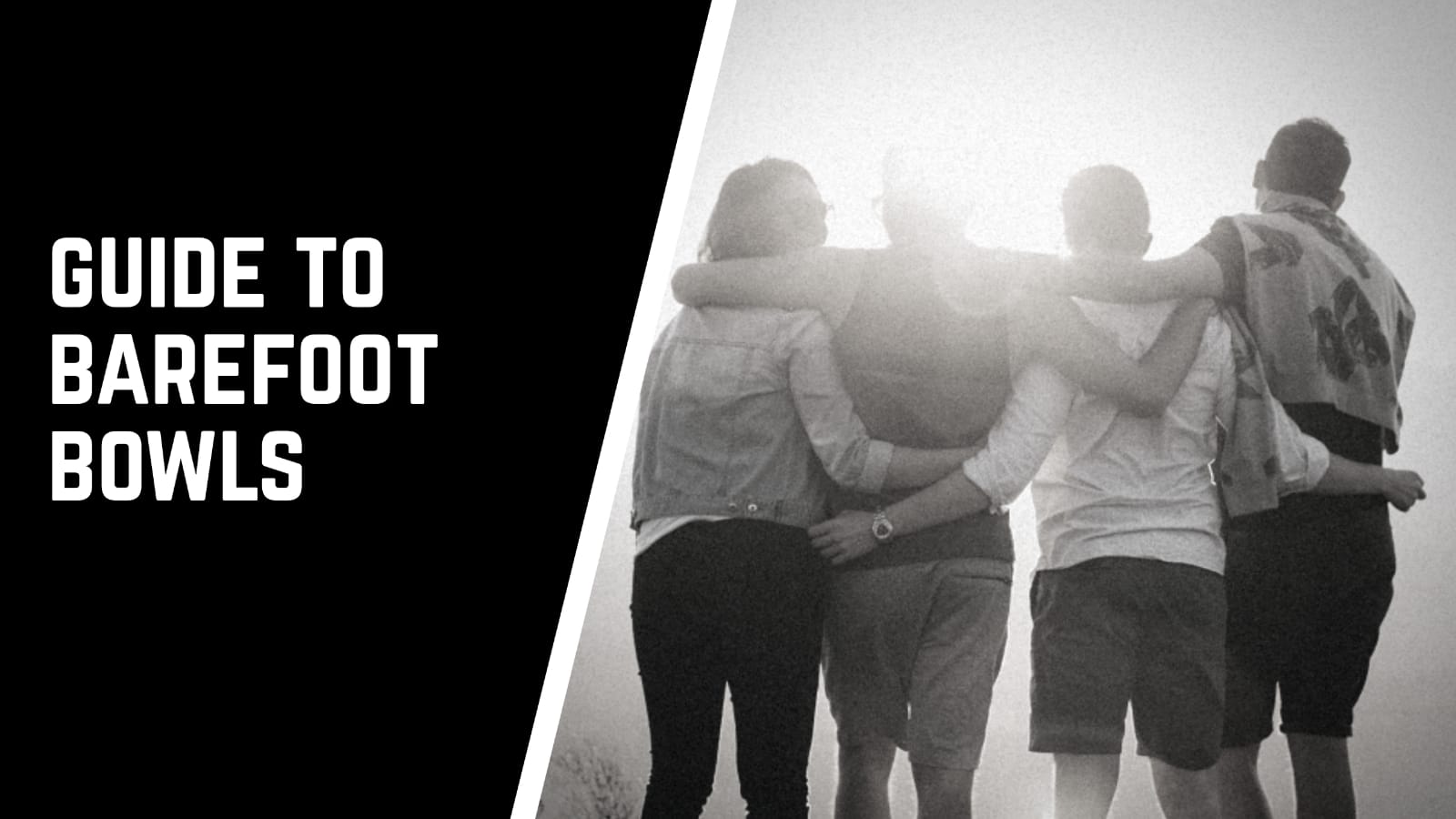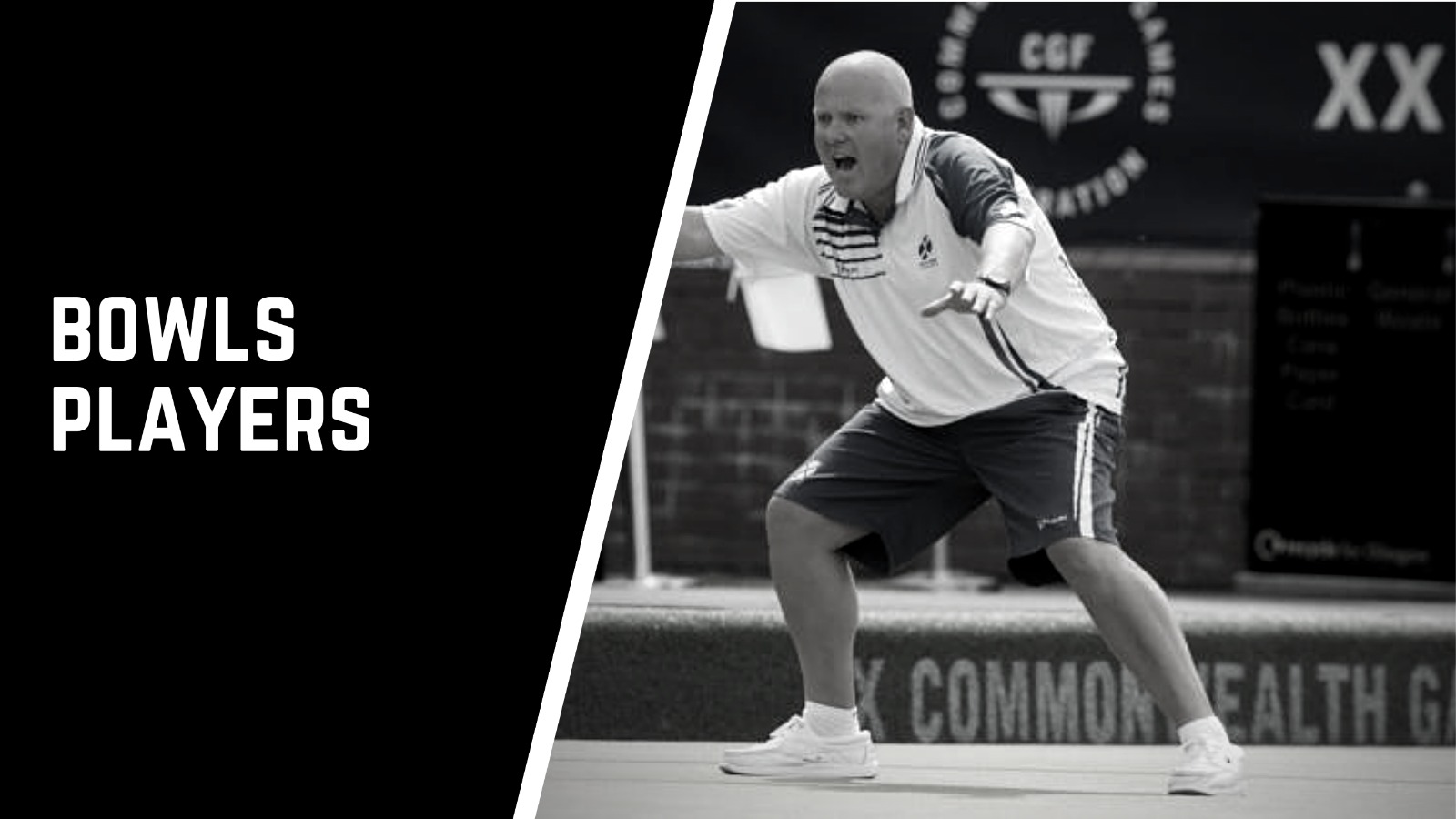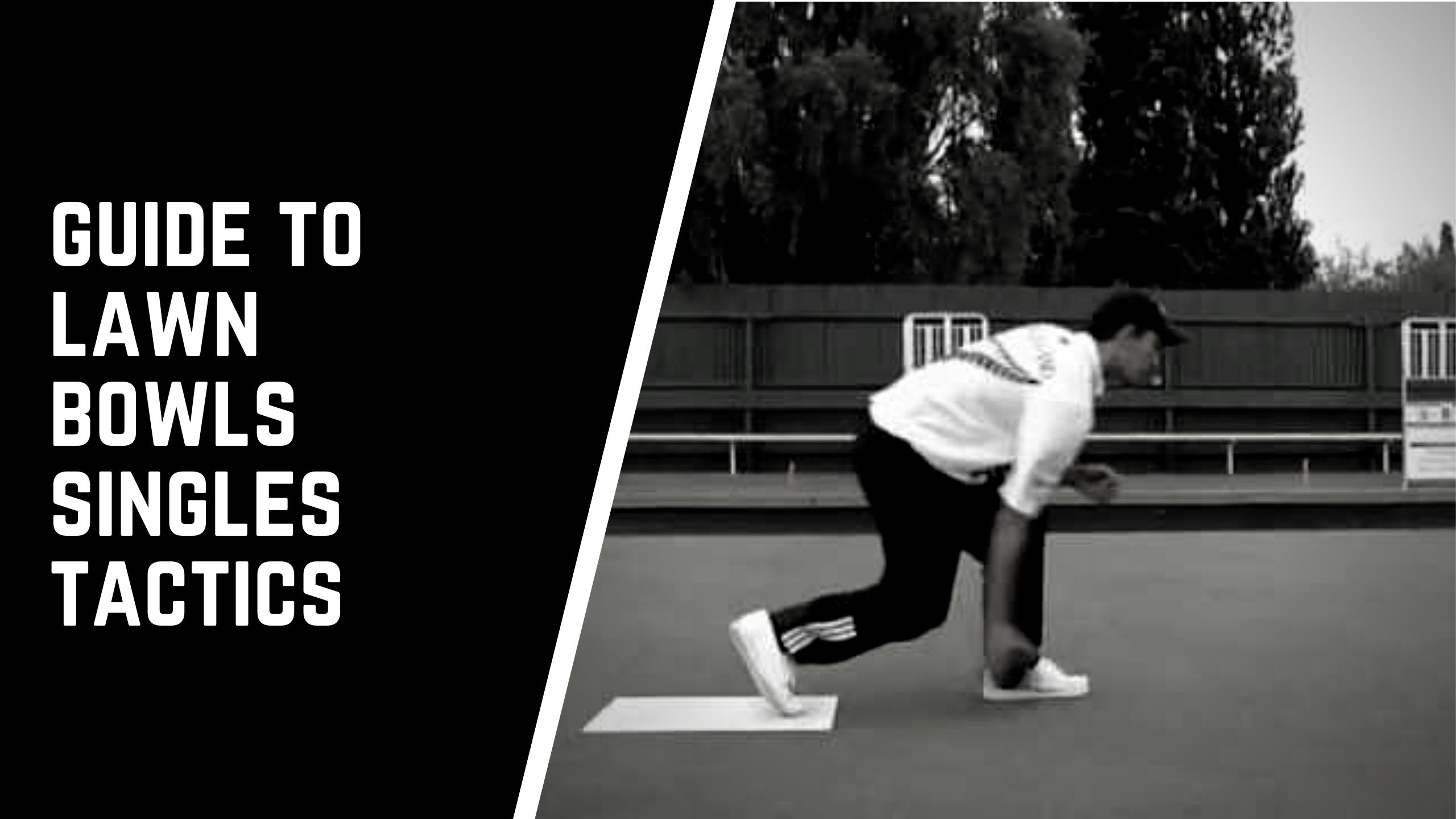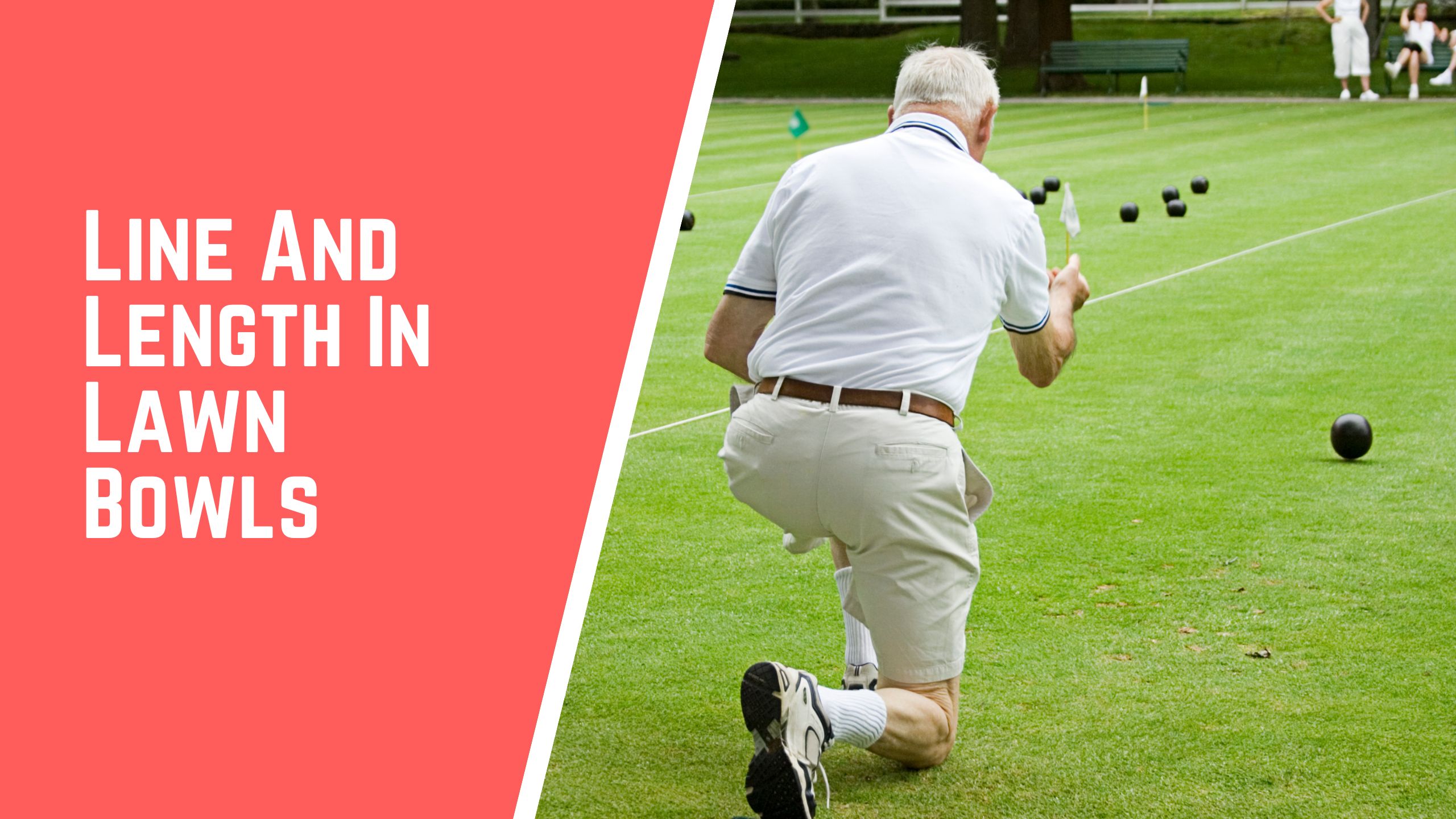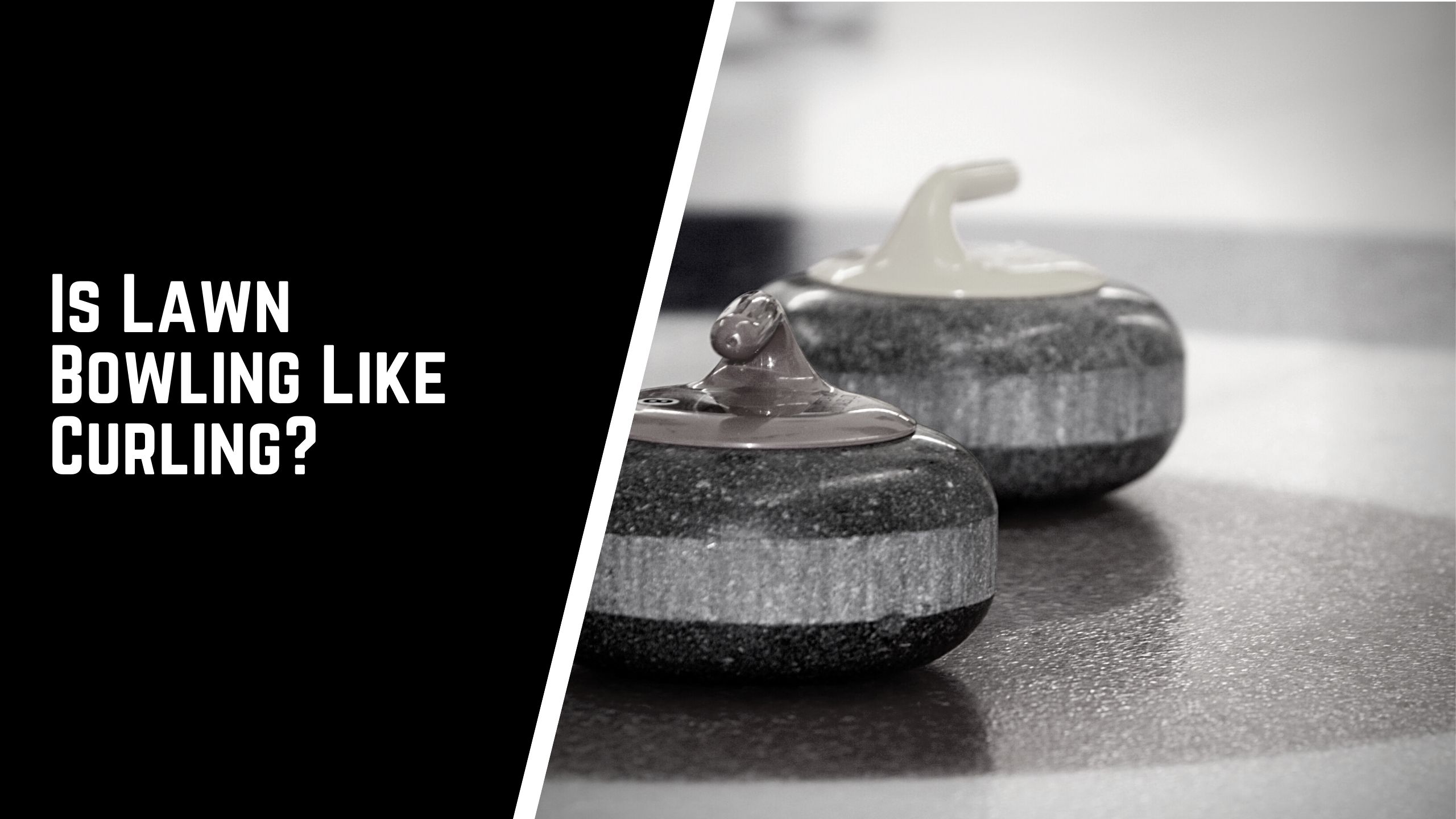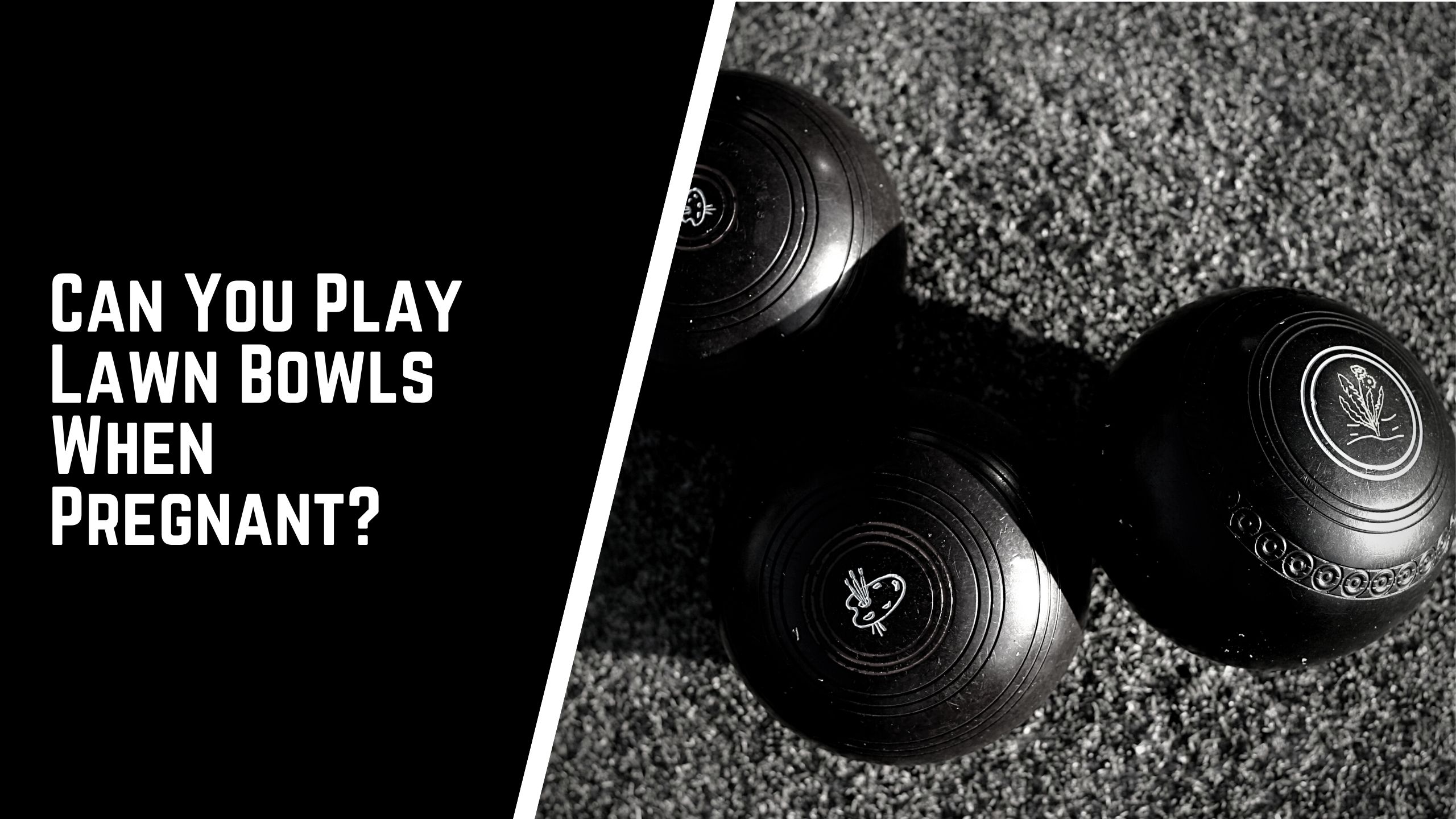If you’ve ever rolled a lawn bowl, you will know that it never travels in a straight line. It usually curves either to the left or right of the spot you were aiming at. This is not some wicked ploy to embarrass novice bowlers. It is integral to the game of lawn bowls.
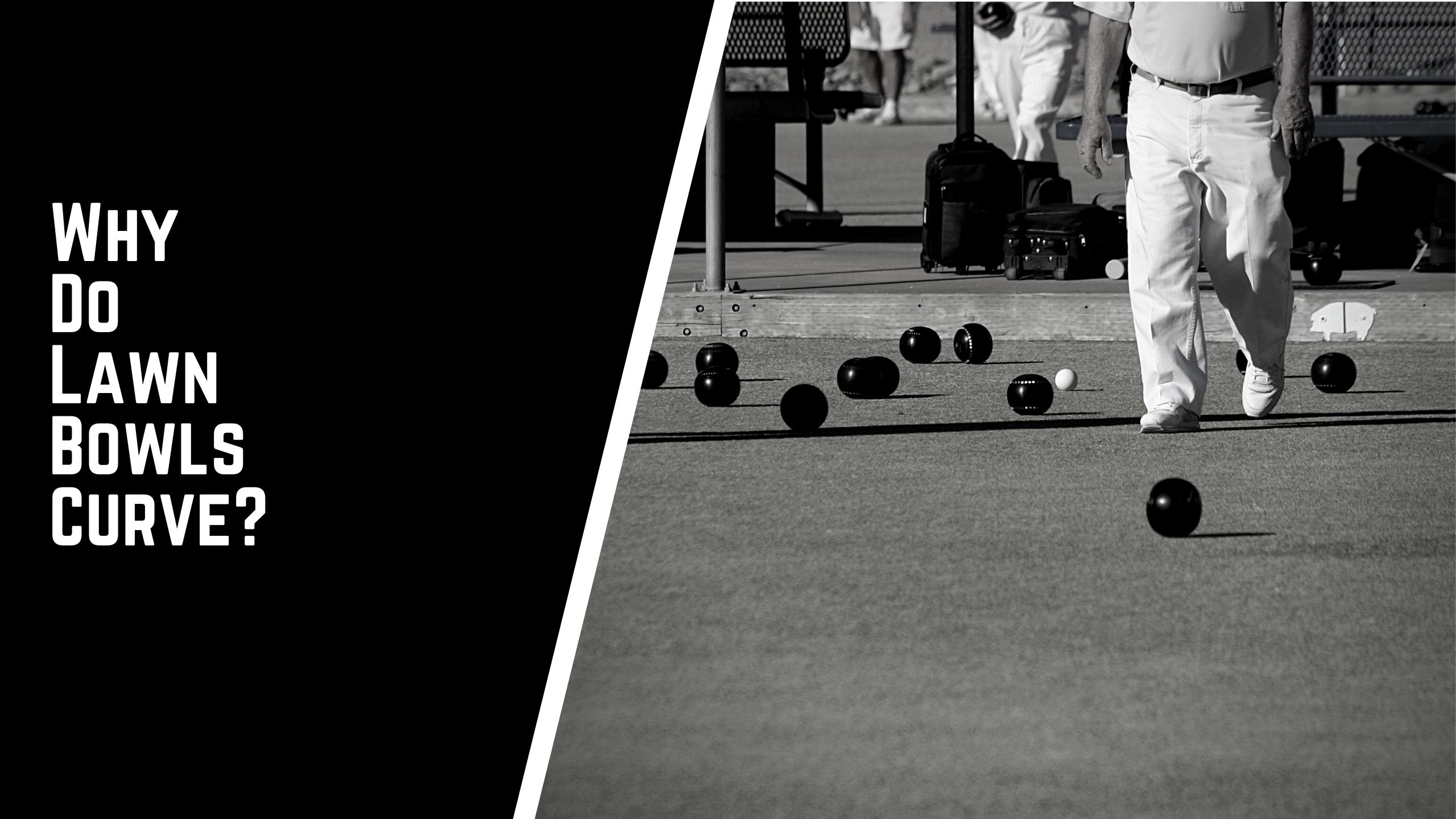
Lawn bowls curve because they aren’t perfectly round. One side of the bowl is weighted so that it does not travel in a straight line for long unless delivered with considerable force. This is called the bias of the bowl, and every player takes it into account when delivering a bowl.
Knowing about bias is part of the technique of lawn bowls, and just about everyone gets it wrong at first. Even seasoned players occasionally forget to check their bias before delivering a bowl, and it ends up going way off point. This article explores lawn bowls in more detail so a beginner can better understand them.
The Bias Of A Lawn Bowl
Every bowl has engraved symbols and markings on it to enable identification. The two sides of a bowl are also marked differently so that a player can easily identify the bias. One side of the bowl bulges out slightly more than the other which means it is inclined to curve towards that side.
A bowl delivered with the bias facing the wrong way will curve away from the jack and could roll right out of the rink. If you hold up the bowl with its running surface (crown) facing you, the slight bulge of the bias is visible to the naked eye. The side with the bias also has a smaller logo than the side without the bias.
The bias determines the direction in which the bowl will curve. If you want it to bend inwards towards the jack, you must bowl to the left or right of the centre line with the bias facing the centre line. Depending on how you read the head, you can deliver the bowl with either the right or left hand.
Narrower vs. Wider Bias In Lawn Bowls
Some lawn bowls have a narrower bias than others. Manufacturers who make a range of bowls often provide diagrams on their websites indicating how widely or narrowly their different types of bowls will curve.
Beginners usually prefer bowls with a narrower bias, but seasoned lead players also like to use them. Players who often play attacking shots at the head may choose straighter bowls.
Bowls with a narrow bias travel straighter for longer than bowls with a wide one but still curve eventually. If several short bowls are blocking the jack, it is harder to curve your straight bowl around them to get closer, so there are advantages to bowls with a wider bias.
The Green Can Affect The Way A Bowl Curves
In the old days, lawn bowls were made of dense wood, which is why they are still sometimes referred to as “woods”. These days they are made of composite plastics or melamine that increase their lifespan. Bowls come in slightly different sizes and curvatures to suit the player’s hand and the green conditions.
The bowl usually only starts curving after it has travelled around three-fifths of the distance, but the condition of the green can slow it down, causing it to bend its course sooner than anticipated. Bowls generally travel faster and straighter for longer on a dry green than on a damp one, and the way the green is running can cause a bowl to curve more or less.
Conclusion
Players must know their own bowls to get their shots just right. Using the correct bias and reading the green is a skill that allows you to assess how much the bowl will turn inwards. There’s nothing like the satisfaction of curving a bowl onto a jack behind enemy lines.
Get The Complete Lawn Bowls Drill Pack
The Jack High Bowls Drill Pack is available now for instant download.
Perfect for beginners and improving players looking to be more consistent and win more games!
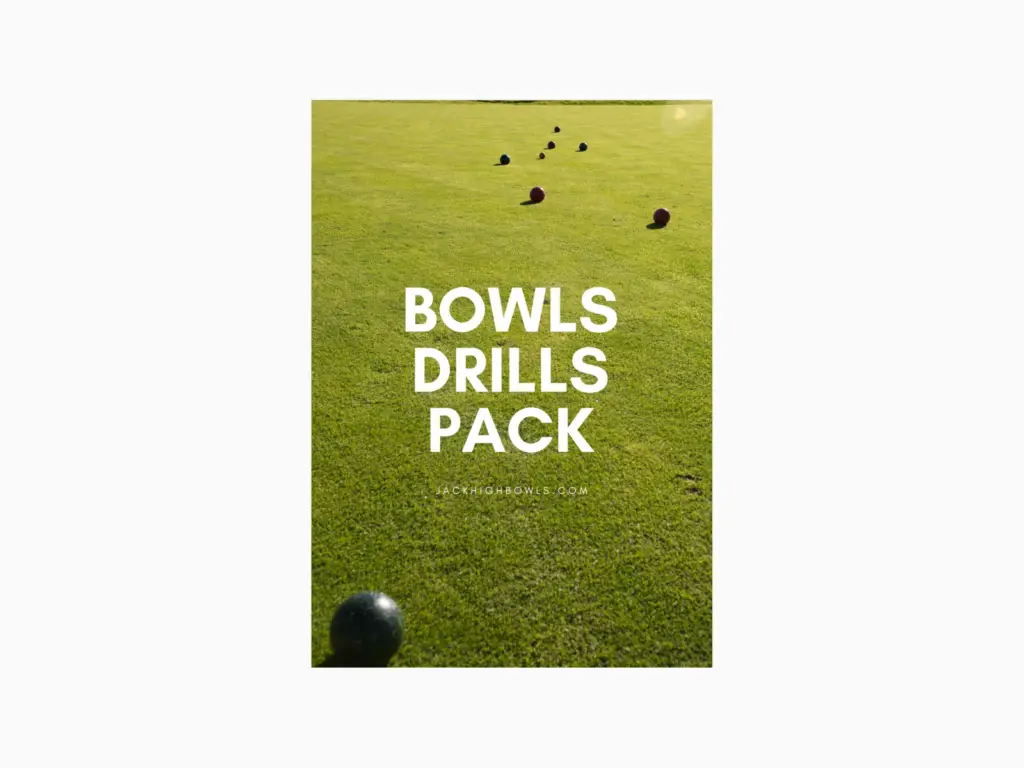
Get The Complete Lawn Bowls Drill Pack
The Jack High Bowls Drill Pack is available now for instant download.
Perfect for beginners and improving players looking to be more consistent and win more games!


